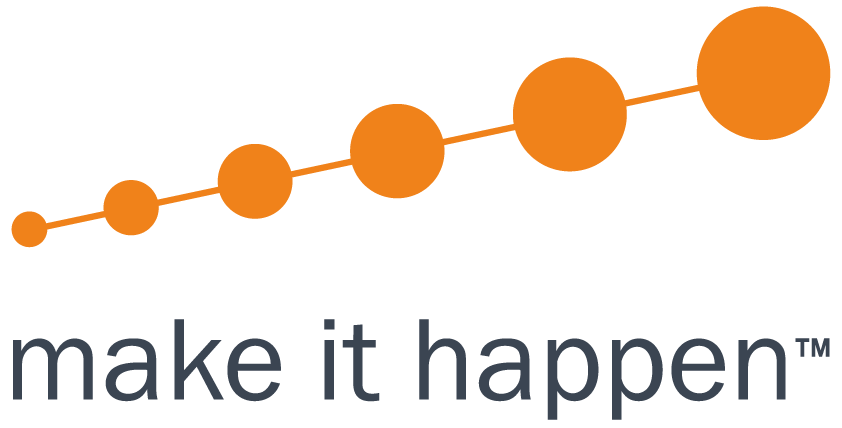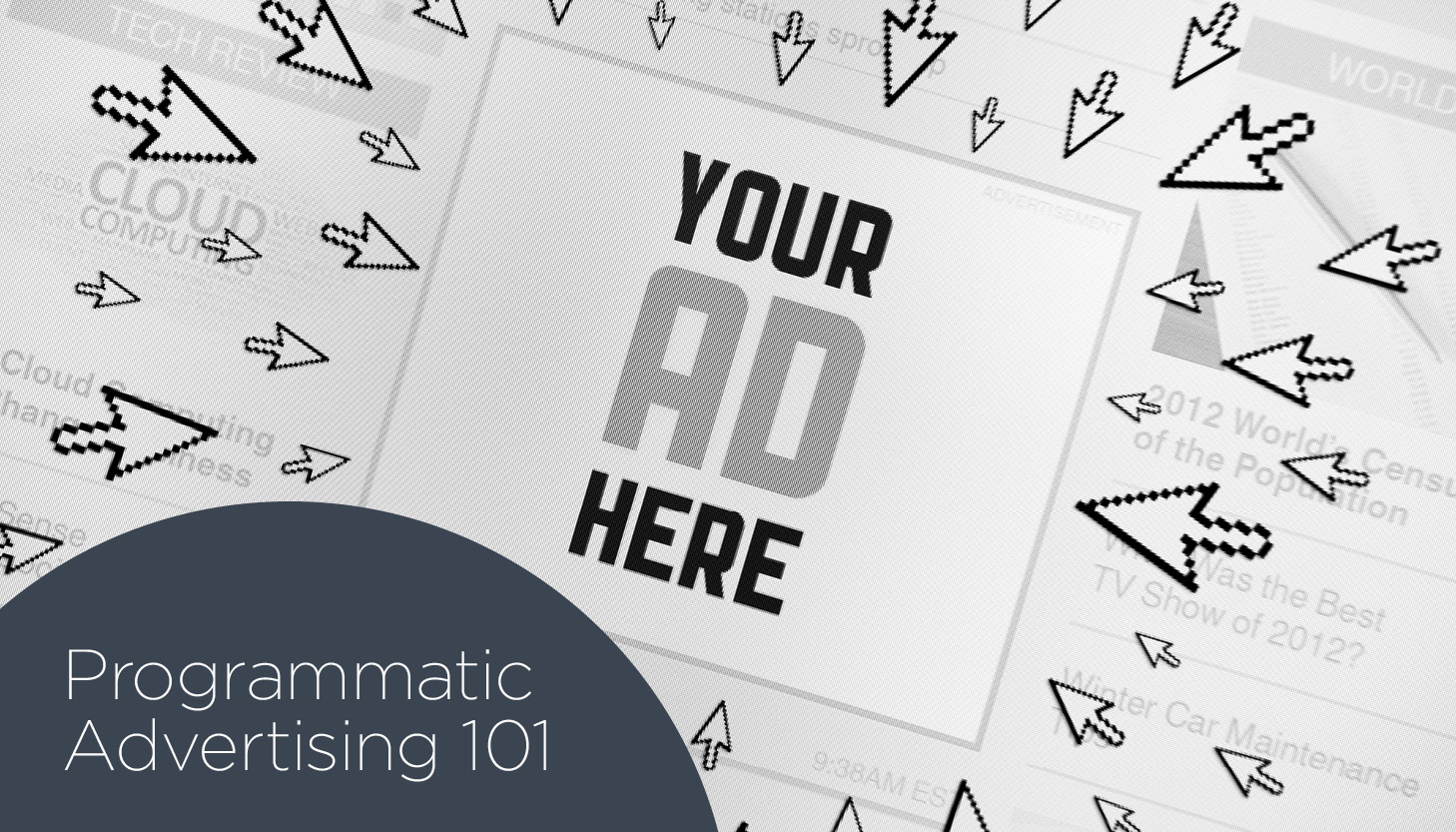What is programmatic advertising?
Back in the good old days when digital marketing was still finding its feet, ads were bought and sold similarly to how print ads were bought and sold. A company would buy a spot on a website, and the website would display that ad for a certain amount of time.
As the internet grew more popular and people kept creating websites, the supply of advertising space quickly outstripped the demand for it. To solve this, publishers pooled together their unsold space and made it available for purchase at a discounted price.
Historically, advertisers would buy space on websites that they believed were relevant to their target market. Companies selling pots and pans, for example, might buy advertising space on a popular cooking blog. The best spots were still handled manually, while the rest were auctioned off to the highest bidder. Which was great, except the audience being hit was broad. Very broad.
These days, with all the advanced retargeting options available, a company can get much more specific, using behavioural and demographic data for targeting. Programmatic advertising is efficient, fast, and rapidly growing in popularity- by 2021, the US alone is estimated to spend $81 billion on programmatic advertisements.
So how does programmatic work?
When a person visits a web page, the programmatic marketplace will begin an auction for the advertising spots on that page. If the person meets a company’s defined criteria for their target market, they’ll go into the bidding for that spot. Whoever bids the most gets the spot and their ad will show. While this all sounds like it would take time to complete, every aspect is automated so the whole process happens in milliseconds and is complete before the page even loads. The ‘bids’ are also set at maximums by the companies in advance. That way once triggered, an algorithm simply compares all the preset price limits and chooses the highest one as the winner.
This form of ad purchasing is known as real-time bidding (RTB). While not all programmatic ads are purchased through RTB, RTB does make up 90% and it’s the most common form of programmatic advertising. There is, of course, more depth to this rabbit hole, with Ad Networks, Ad Exchanges, Demand Side Platforms (DSPs), and Supply Side Platforms (SSPs), but those are a story for another day.
Benefits
Speed. Efficiency. Accuracy.
So far, the programmatic sounds like the latest BMW car commercial, so let’s dig a little deeper into the benefits...
- When you set up your bids, you can specify how often you’d like to bid and during which time periods. If you know your target audience tend to browse between 3 pm and 6 pm on Saturdays, you can hit them when they’re most active.
- Keep your budget in check by setting a maximum bid. Just like PPC (pay-per-click) ads, you decide how much you’re willing to pay for each lead.
- With advanced targeting options including context, keywords, audience data (cookies), location, and retargeting, programmatic ads allow you to focus on making relevant impressions rather than paying for too broad an audience to see your ads.
- Align your ads with your business goals (brand recognition, sign up, download, purchase, etc.) and decide what will make your campaign a success.
Interested in trying out programmatic ads for your business? Make sure you’ve got your data right. As always, the more you know about your target market and their behaviour, the more efficient and cost-effective you can make your marketing. As marketing makes greater and greater use of data and automation, programmatic advertising seems to be the natural progression. Humans will still plan, optimise, and target. Machines will take care of the menial, repetitive tasks more quickly and accurately than we can.

